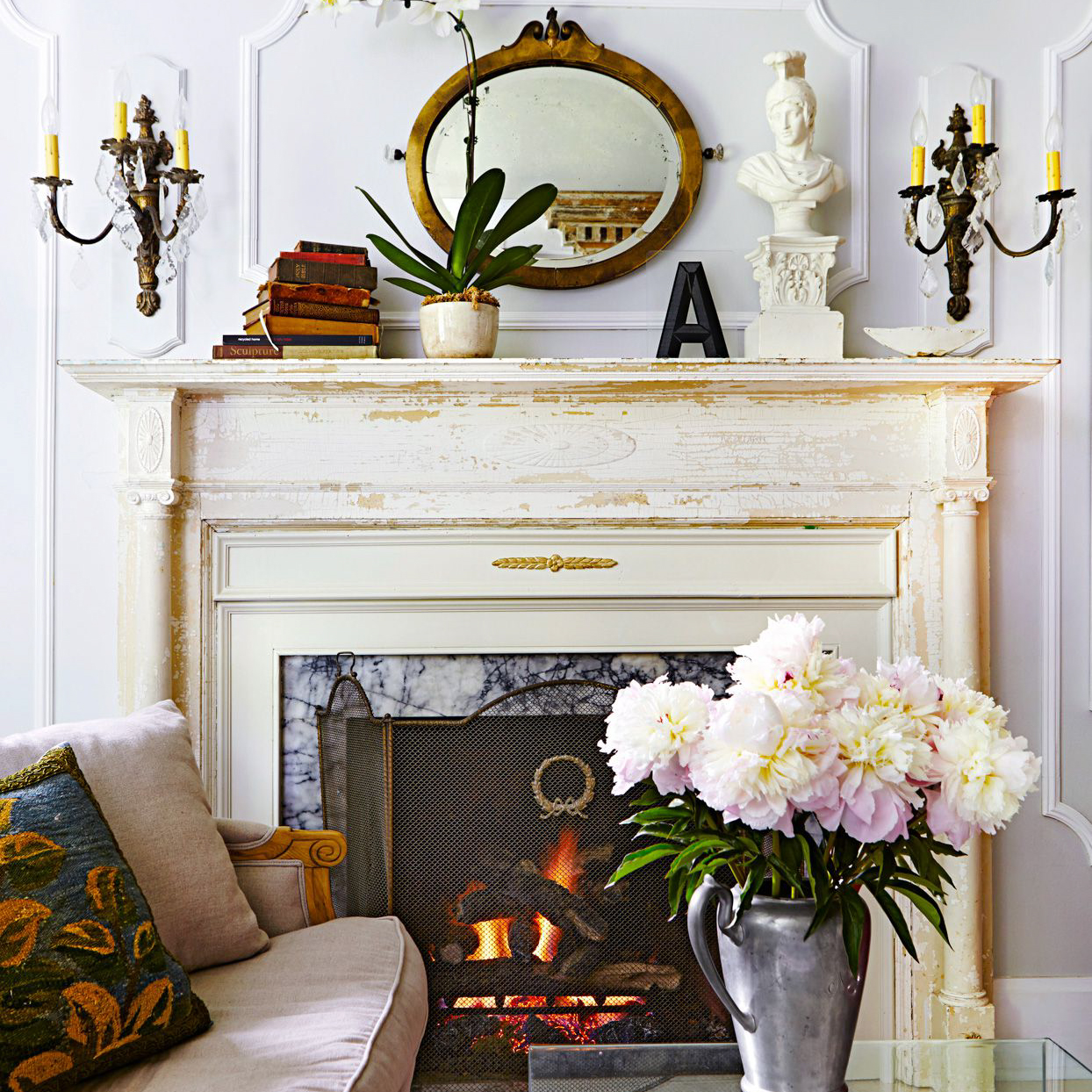Introduction
Lighting plays an important role in interior design. Not only does it help to create the desired ambiance, but it can also highlight the beauty of the decor and furnishings. In this article, we’ll explore the various aspects of interior illumination and how it can enhance the overall look of your home.
Types of Lighting
There are three main types of lighting – ambient, task and accent. Ambient lighting provides overall illumination to a room, task lighting is focused on a specific area, and accent lighting serves to highlight architectural features, artwork or decorative items. A well-designed lighting plan should include a combination of all three types.
Ambient Lighting
Ambient lighting can set the tone for a room and create a comfortable, inviting atmosphere. Among the most common types of ambient lighting are ceiling-mounted fixtures such as chandeliers, pendant lights, and recessed lighting. Floor lamps, table lamps, and wall sconces can also provide ambient light.
Task Lighting
Task lighting is crucial in areas where specific activities take place, such as reading or cooking. Desk lamps, under-cabinet lights, and pendant lights are all great examples of task lighting. Make sure to position task lighting so that it illuminates the specific area where the task is happening without causing glare or shadows.
Accent Lighting
Accent lighting can add drama and visual interest to a room. Wall-mounted picture lights, track lighting, and spotlights can all be used to highlight artwork or architectural features such as columns or moldings. String lights and candles provide a cozier, more intimate ambiance.
Light Fixtures
Light fixtures come in a wide variety of styles, materials, and finishes. They can serve as both functional and decorative elements in a room’s design. Chandeliers, pendant lights, and track lighting are all popular choices for overhead lighting. Floor lamps and table lamps can add visual interest while serving as task lighting. Wall sconces and outdoor lighting can add an additional layer of ambiance.
Color Temperature
Color temperature refers to the warmth or coolness of a light source. It’s measured on a scale in degrees Kelvin (K). Warmer light, such as that produced by incandescent bulbs, has a yellow or orange tone and a lower Kelvin rating (2700K-3000K). Cool light, produced by LED and fluorescent bulbs, has a bluish-white tone and a higher Kelvin rating (5000K-6500K). Choose a color temperature that suits the mood you want to create in a room.
Dimmers
Dimmers allow you to adjust the brightness of a light fixture, creating a more customizable ambiance. They also save energy and extend the life of light bulbs. Most dimmer switches are compatible with incandescent and halogen bulbs, but make sure to check the specifications before purchasing.

